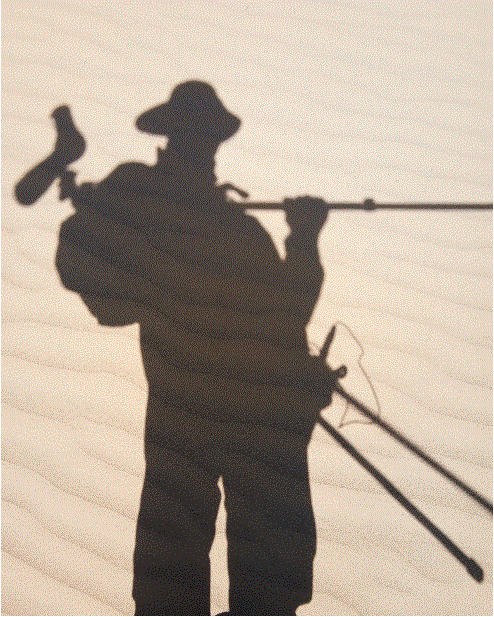top of page

Europe’s Dragonflies: A field guide to the damselflies and dragonflies by Dave Smallshire and Andy Swash. Production and design by WILDGuides, Hampshire UK. Published by Princeton University Press, New Jersey USA, and Oxfordshire UK. ISBN: 978-0-691-16895-1. Flexicover. £25.00/ $32. 360 Pages.
Review by Frank Lambert
Following the success of Britain’s Dragonflies (an updated edition was published in 2018), Dave Smallshire and Andy Swash have produced a much more ambitious photographic guide, covering all the dragonflies and damselflies that occur in Europe, including vagrants. Produced in association with the British Dragonfly Society, Europe’s Dragonflies is a fantastic, easy-to-use resource for anyone interested in identifying the dragonflies they encounter or photograph anywhere in Europe, including the Macaronesian and Mediterranean Islands and western Turkey.

The book covers 140 species (compared to the 57 in Britain’s Dragonflies), focusing exclusively on the winged adults. Forty-seven species are damselflies (Zygoptera) whilst 93 are dragonflies (Anisoptera). These are illustrated using around 1,200 exceptionally good photographs that depict males, females, immatures, different colour forms, and subspecies, as well as a photo of the typical habitat for each species. Unique comparison plates for difficult groups (e.g., Demoiselles, Skimmers, Hawkers, and ‘Blue-tailed’ Damselflies) are also provided, including where relevant, photos of male and female appendages, faces, etc. Unlike most dragonfly guides, the use of photographs has enabled accurate portrayal of dragonflies in flight, something that is not always possible with paintings.

The introduction is brief (11 pages), concentrating on helping the user understand what features to look at when identifying dragonflies, briefly describing the seven broad types of dragonflies and damselflies occurring in the region, and explaining how to use the book. There is no discussion of biology, or life cycles, and information on habitat use is restricted to the species accounts.
There is a succinct glossary, and annotated photographs showing the key features that are used in identification and referred to in the text, such as the position of wing-spots (pterostigma), accessory genitalia, antinodal cross-veins and costa; all terms that the user will need to familiarise themselves with in order to use the guide to its full potential.
The species accounts are nicely laid out, as with other books in the WILDGuides series. Each species has a distribution map that is accompanied by a calendar showing the flight period of the species plus a scale bar that shows the actual size of the adult insect (the photos are not all to the same scale). Distribution maps show verified records since 1990, based on the Atlas of European dragonflies and damselflies.

General status, main breeding habitat, conservation status, and measurements are all mentioned in coloured boxes alongside the maps, whilst the species account text provides a concise description of adults of both sexes, detailing key identification features, along with information on behaviour and a summary of the species’ habitat preferences. There is a checklist at the back of the book.

Whilst not a bulky book, it easily fits into a small bag, but it seems likely that only dedicated dragonfly enthusiasts would probably want to carry it in the field often. Given the quality of the photos in the book, however, taking your own photos and comparing them with those in the book is probably the most efficient means of using this guide to identify the dragonflies you encounter.

Europe’s Dragonflies is not only comprehensive, but beautifully presented, and I find myself referring to it regularly during the spring and summer months. The guide avoids the use of technical terms as much as is possible and is relatively easy to use. At such a modest price, this is surely an essential book to add to your library if you are interested in the butterflies found anywhere in Europe.

bottom of page
